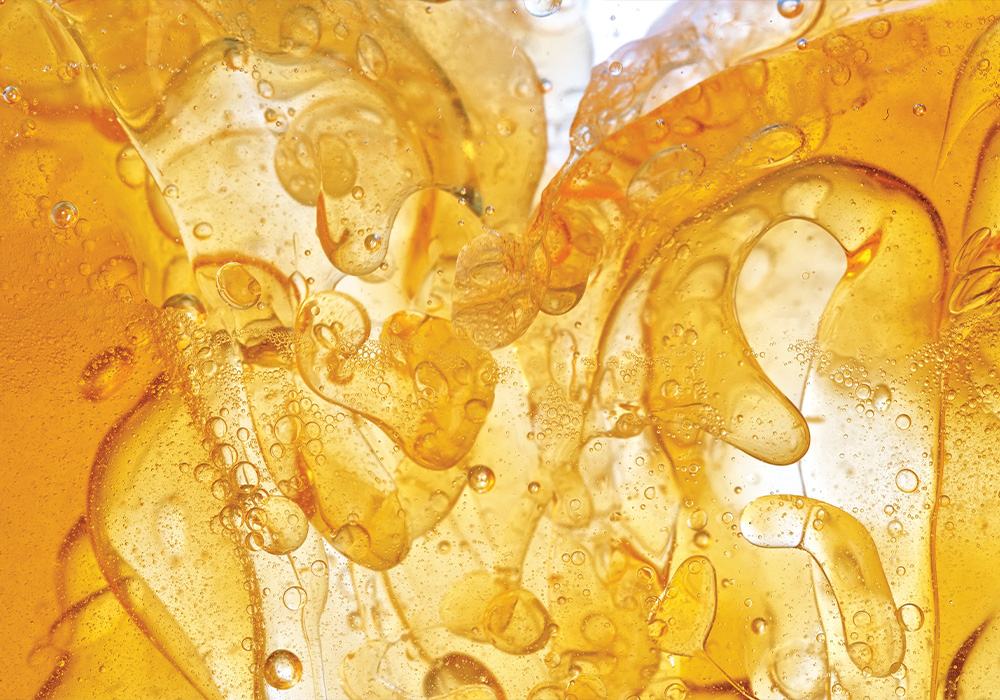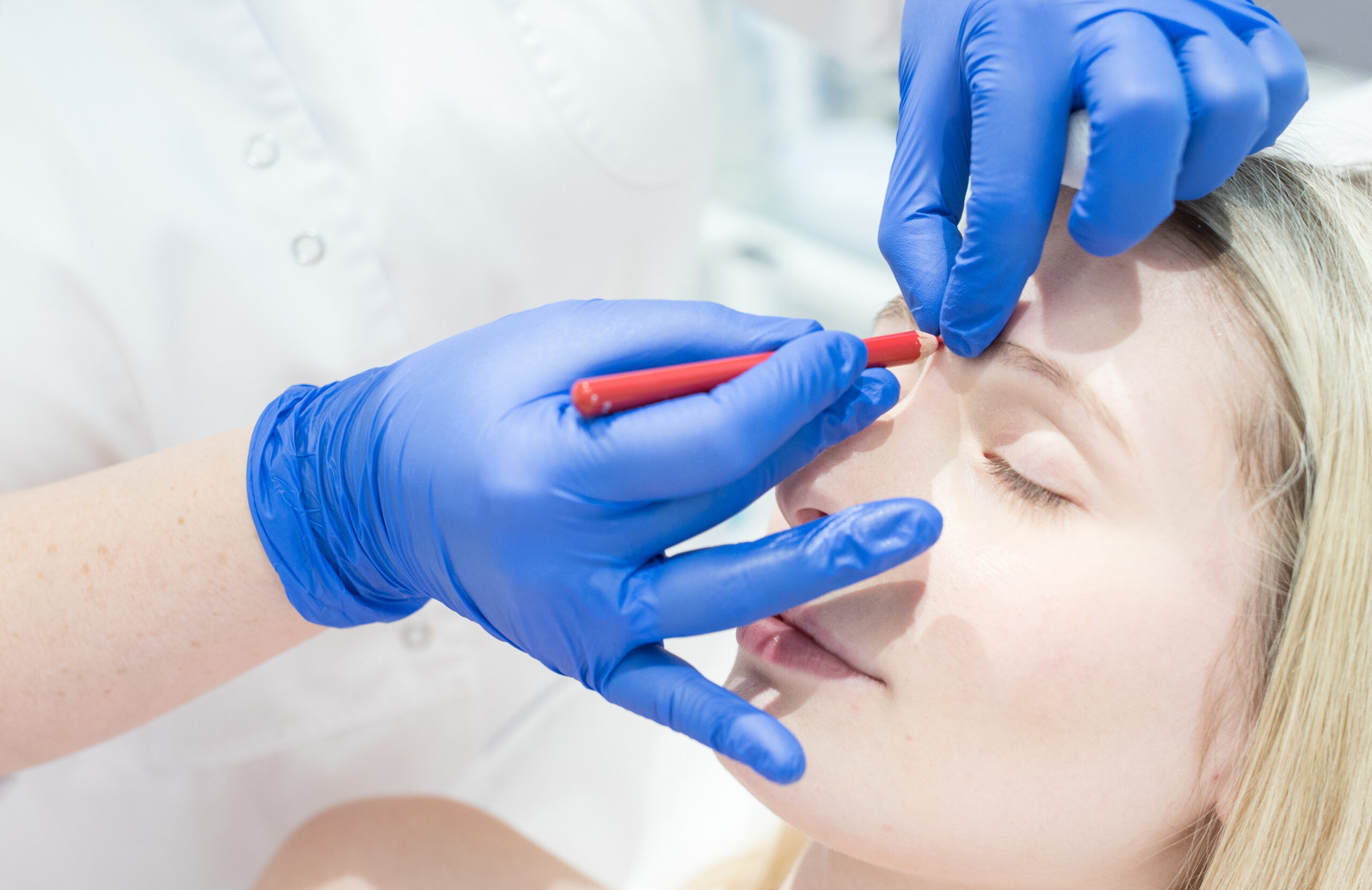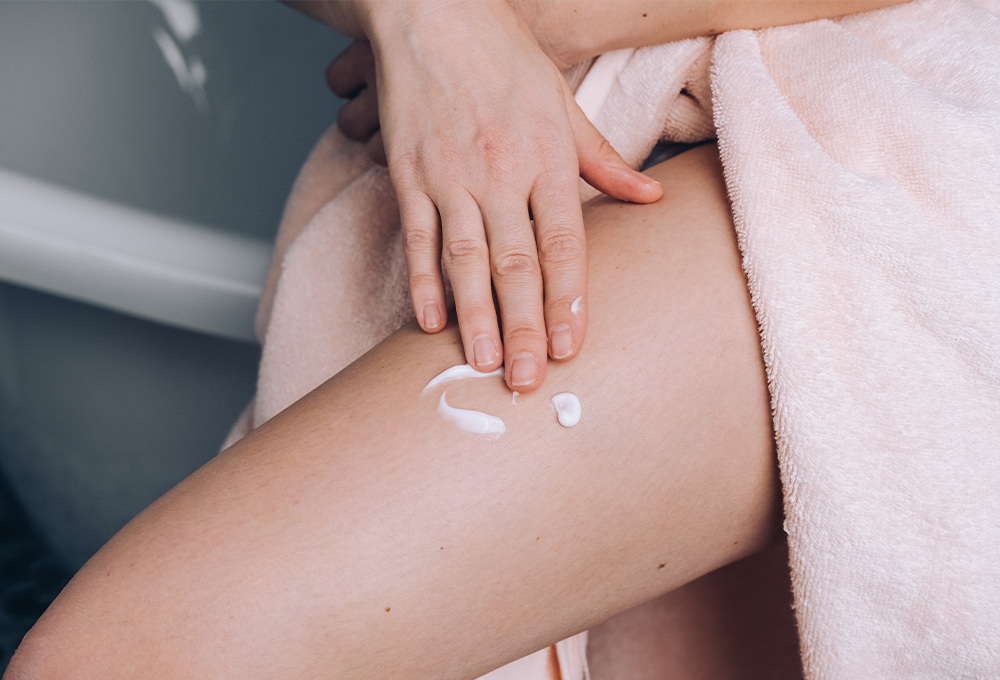Meet the aesthetic liquid gold of fat. In expert hands, the often unwanted wonder can be taken from where we don’t want it and placed where it best suits us. Here’s how to make fat your forever friend in the name of purposeful aging.
Fat 101
The viewpoint on fat took a sharp left turn in the early 1990s when plastic surgeons discovered fat grafting to be a reliable way of regaining facial fullness in HIV patients. From there, the benefits of fat have grown exponentially with new uses for the often unwanted, yet valuable, element. In a matter of years, plastic surgeons went from sucking out fat and discarding it to adding it back.
Fat transfer is a popular adjunct to facial rejuvenation and volumizing body surgeries. While it’s a works-for-all-ages procedure, “it is better on a younger patient—their skin is better and there are fewer signs of aging, so results last longer,” says Scottsdale, AZ plastic surgeon Bryan W. Gawley, MD. “Plus, we get a higher ‘take’ of fat because there is a more robust blood supply and better quality fat cells.” Still, it’s important not to go overboard with fat grafting on older patients, especially in the temples, eyelids and cheeks, as it can lead to “a very bizarre appearance that is difficult to correct,” Dr. Gawley adds.
Fat Never Stops Aging
Here’s the thing about fat: It ages as you age. Unlike an implant, fat is a living substance, and it can atrophy or shrink in size over time. The lifetime of a fat cell is about 10 years, and new cells replace those that die, explains Encino, CA plastic surgeon George Sanders, MD. “The total number of fat cells remains unchanged, assuming a relatively constant body weight.”
Studies prove that the face changes over time due to steady fat loss. “A lot of what we see with the aging of fat compartments has as much to do with the attenuation of their fascial boundaries as it does with actual loss of fat,” says Nashville, TN plastic surgeon Dan Hatef, MD. “These changes, combined with a loss of collagen and elasticity, as well as increased resting muscle tension and bone resorption, give an aged face.”
To achieve your desired results, it’s crucial to have the procedure performed by a board-certified dermatologist, plastic surgeon or facial plastic surgeon with a deep sentiment for facial anatomy and fat.
01 Technique Matters
Delicately removing fat and adequately cleaning it is the first step toward success. Dover, OH facial plastic surgeon David Hartman, MD prefers using BeautiFill, a device often used to harvest fat, because “it gently releases perfect fat globules that demonstrate between 95 and 97-percent viability in the device’s sterile canister.” This harvesting system, and others like Revolve, are completely closed, meaning the fat never gets contaminated by the air.
Where the fat is harvested from matters, too. “Everyone wants fat removed from where it’s abundant, but we don’t want it to be fibrous or stringy,” says Dr. Gawley. “Instead, we want fat with vibrant fat cells, which is plentiful in the inner thighs and abdomen.” Fat transferred from these areas to the face has a strong survival rate due to the high vascularity of the face. When removing fat from a donor site is not an option, Renuva, an allograft adipose matrix, serves as a good and safe alternative.
After that, seamlessly blending the transferred fat with what currently exists in the area is key to creating a natural, smooth transition. “Usually, for facial fat grafting, we use a smaller syringe to distribute small fat droplets across an area to avoid lumping and decrease the absorption rate,” says New York plastic surgeon William Lao, MD. However, for the breasts or buttocks, he says power-assisted fat-grafting techniques can help increase the speed and volume.
02 Riding the Wave
Fat transfer can have a bit of a rollercoaster effect. “There is a sequence of postoperative inflammation and swelling,” warns Dr. Hatef, who pegs the three-month mark as the average length of time needed to see results.
Fat absorption also creates fluctuations within the first year. “Once the swelling goes down, the volume will appear to be smaller,” Dr. Lao explains. Touch-up procedures may be necessary because about half of the transplanted fat absorbs within the first six months. A study in Aesthetic Surgery Journal showed that midface volume restoration using fat grafting with a facelift was at about 49 percent one to two months post-op, and after 18 to 24 months, facial volume was 73 percent of the initially injected fat.
“This number can vary, depending on the harvesting technique and condition of the grafted recipient site,” Dr. Lao says, adding that factors like processing, location of origin, and skin’s tension at the grafting site all contribute to the survival rate of the fat.
But, it’s not just resorption that causes varying results (and, like with everything, individual variation depends on genetics and overall aging): When the fat settles into its new location, tiny blood vessels latch on, which can cause an increase in volume to that area. Additionally, not all of the transferred fat survives, but Dr. Hartman says that whatever remains during the first few months should last a lifetime.
03 Can Fat Expand?
Unfortunately, fat grafts can grow in size, but they cannot multiply in quantity. Placing fat into a specific area and then gaining weight causes the cells to swell and expand, making the surgically altered area, such as the face, appear pillowy. “Fat transfer can expand and shrink in response to body weight gain or loss, but it generally does not shift in position,” explains Dr. Sanders.
However, Dr. Hatef adds that fat can move a bit within the lymphangiosome (where injected) in the early post-op period. But once the fat has taken, it shouldn’t shift.
04 Long-Lasting Results
There’s no magic pill that makes fat last in its optimal state for the long run. But living a healthy lifestyle and avoiding smoking (it kills good blood circulation) is necessary to maintain the fat you have. Also, be careful during the first three weeks post-surgery, which is a critical time. “This is when the fat is establishing its dedicated blood supply, so I recommend patients be gentle,” Dr. Hartman says. Whatever fat lasts through the healing process should stay put forever.

















